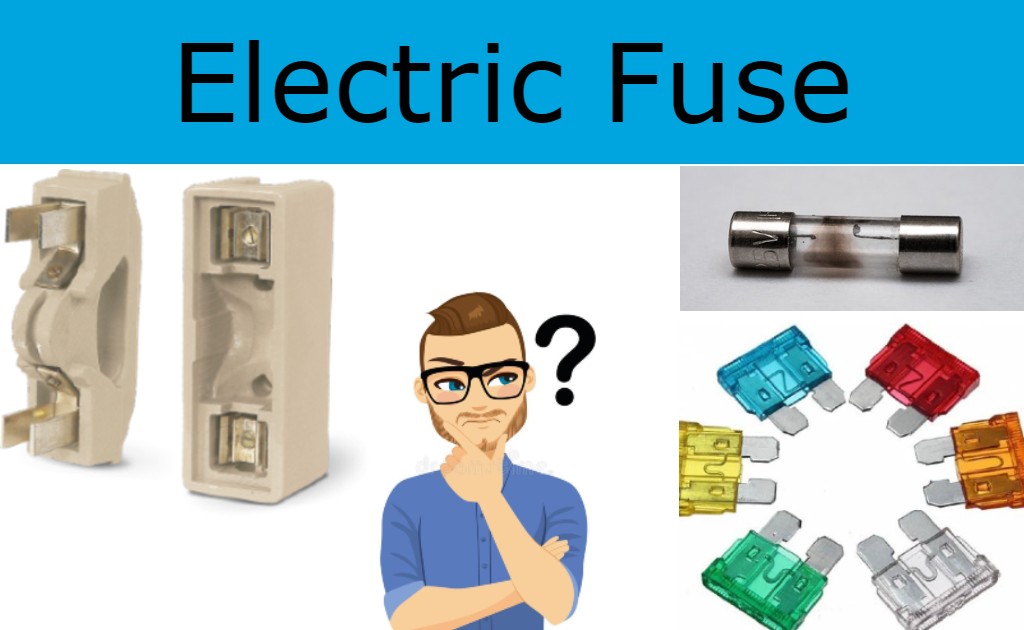To avoid a short circuit or device failure, an electrical fuse is a low melting point copper or other metal wire that breaks due to heat-induced by Overcurrent or excessive load.
Any gadget can only withstand a certain quantity of electric current. If the current surpasses that limit, the device's components heat up, perhaps resulting in a fire! Is there a way to prevent this from happening? An "electric fuse" is a device that is used to prevent this from happening. It comes in a variety of forms and sizes. This is how it usually appears. It features a fuse wire that connects to the two terminals, both of which are constructed of metal. Zinc, copper, silver, or aluminum wire is used to make this wire.
The remainder of the switch is constructed of a non-combustible substance. It also makes great sense. We need to make certain that the gadget used to prevent fires in other devices does not catch fire! Now, how does it keep electrical gadgets in the home from catching fire? This fuse has now been installed in EVERY circuit in our house. The basic circuit will look like this. This simpler circuit has been shown in our films. So, when the electricity goes across the circuit, the fuse wire warms up. When there is a high current flowing through the circuit, the wire simply melts, resulting in a broken circuit! Yes, the circuit is broken, and no current reaches the device.
This is how an electric fuse works! Isn't it simple? You've probably seen one clear downside of electric fuses! The fuse wire cannot be reformed after it has melted. We must manually replace the fuse with the new one! Automatic fuses are currently employed to solve this problem. They are also known as "miniature circuit breakers," which are sometimes abbreviated as "MCB." They function similarly to automated switches. When there is an excess of current flowing in the circuit, they "turn off." This breaks the circuit and protects the appliances from excessive current. They also turn on automatically when the flow returns to normal!
Fuse's functions
A fuse is a service that provides useful electrical circuit over-current safety in the realm of electrical engineering. Some of the most important fuse functions are listed here.
- Short-circuits are avoided by using a fuse.
- Blackouts and overloading are prevented.
- Between the human body and the electric circuit, it acts as a barrier.
- Prevents damage from misaligned loads.
- Prevents system failure caused by circuits that aren't working properly.

Comments
Post a Comment
if you have any doubt comment me I will try to resolve